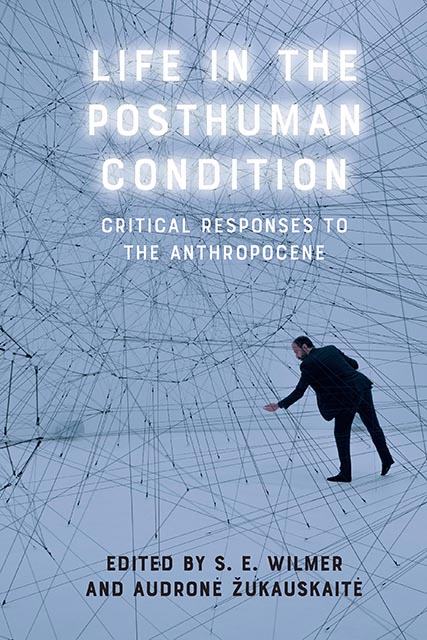Forms of Life in the Posthuman Condition: An Introduction
Published online by Cambridge University Press: 20 October 2023
Summary
Posthumanist critical theory has made many attempts to question the humanistic and anthropocentric foundations of our thinking. The ‘posthuman turn’ not only questions human exceptionalism but invites us to rethink our relationships with non-human others and environments, and to reconsider our exteriorisations in technological tools. However, posthumanist critical theory does not represent a coherent position, built on consensus. It can be easily undermined by new forms of essentialism, such as transhumanism, or the theory of the Anthropocene. Transhumanism represents the same old human exceptionalism which is enhanced with the help of technological advancement. The Anthropocene thesis requires a much closer examination. On the one hand, the Anthropocene thesis is close to posthumanist critical theory in its concern with the environment and endangered species; on the other hand, it is at odds with it because it brings the ‘Anthropos’ back in an oblique way.
The Anthropocene is a term suggested by Paul Crutzen and Eugene Stoermer to name a new geological epoch, which marks the irreversible effects on the planet produced by human activity (Crutzen and Stoermer 2000: 17–18). As the theory of the Anthropocene has developed, it has become clear that it is not only descriptive but also performative, actually performing the action it intends to describe. Anthropocene theory creates a normalising discourse and a specific visuality which makes the climate catastrophe aesthetically acceptable. As Mirzoeff points out, ‘Anthropocene visuality keeps us believing that somehow the war against nature that Western society has been waging for centuries is not only right; it is beautiful and it can be won’ (Mirzoeff 2014: 217). In presenting catastrophic but at the same time beautiful images, its aesthetic and anaesthetic functions distance us from the real consequences of what's happening.
Anthropocene visuality allows us to move on, to see nothing and keep circulating commodities, despite the destruction of the biosphere. We do so less out of venal convenience, as some might suggest, than out of a modernist conviction that ‘the authorities’ will restore everything to order in the end. (Mirzoeff 2014: 217)
- Type
- Chapter
- Information
- Life in the Posthuman ConditionCritical Responses to the Anthropocene, pp. 1 - 12Publisher: Edinburgh University PressPrint publication year: 2023



